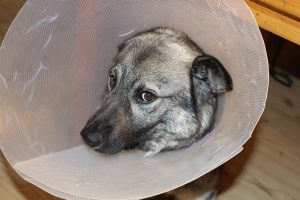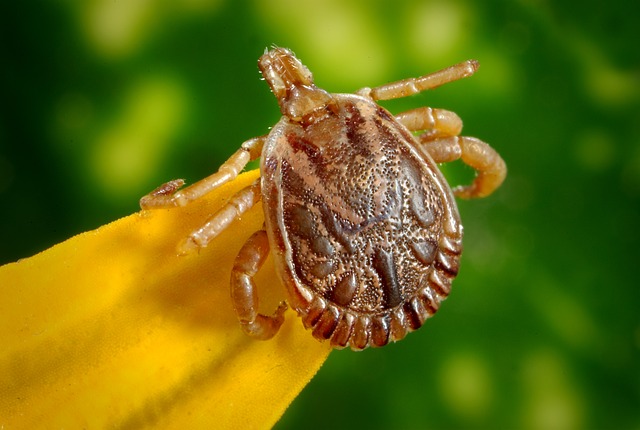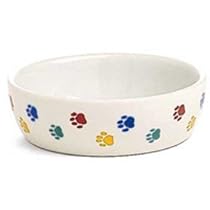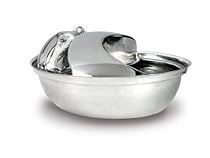by Diane Burket
I don't use chemicals on my pets. Period. Frontline, Advantix or other topicals—They are neurotoxins and can kill your pets. Flea and tick collars = deadly neurotoxins. Shampoos and sprays—NO! I love my pets and will not knowingly put them in harm's way.
So….what's a loving pet owner to do??
Shampoo your pets with Dr. Bronner's Eucalyptus Oil Soap. Great for your pets and great for your own body, too. Smells great and fleas and ticks hate it.
I keep one on the leash, on my keychain and give many as gifts.
Be sure to use the alcohol swabs to clean the bite area.
Ticks can cause Lyme Disease and in some cases, will kill your pet.
If you notice your pet has any of these symptoms after removing a tick—get him/her to the vet immediately! Take the dead tick with you to the doctor for testing.
- Loss of appetite
- Joint pain
- Lethargy
- Fever

If you see your pet itch….grab your flea comb and use right away and see if there's a flea or tick there.
The flea comb is able to remove fleas easily. Just be sure to kill them immediately 'cuz those little guys can jump very far. Maybe even on YOU!
My pets love to be combed with a flea comb. 😉






